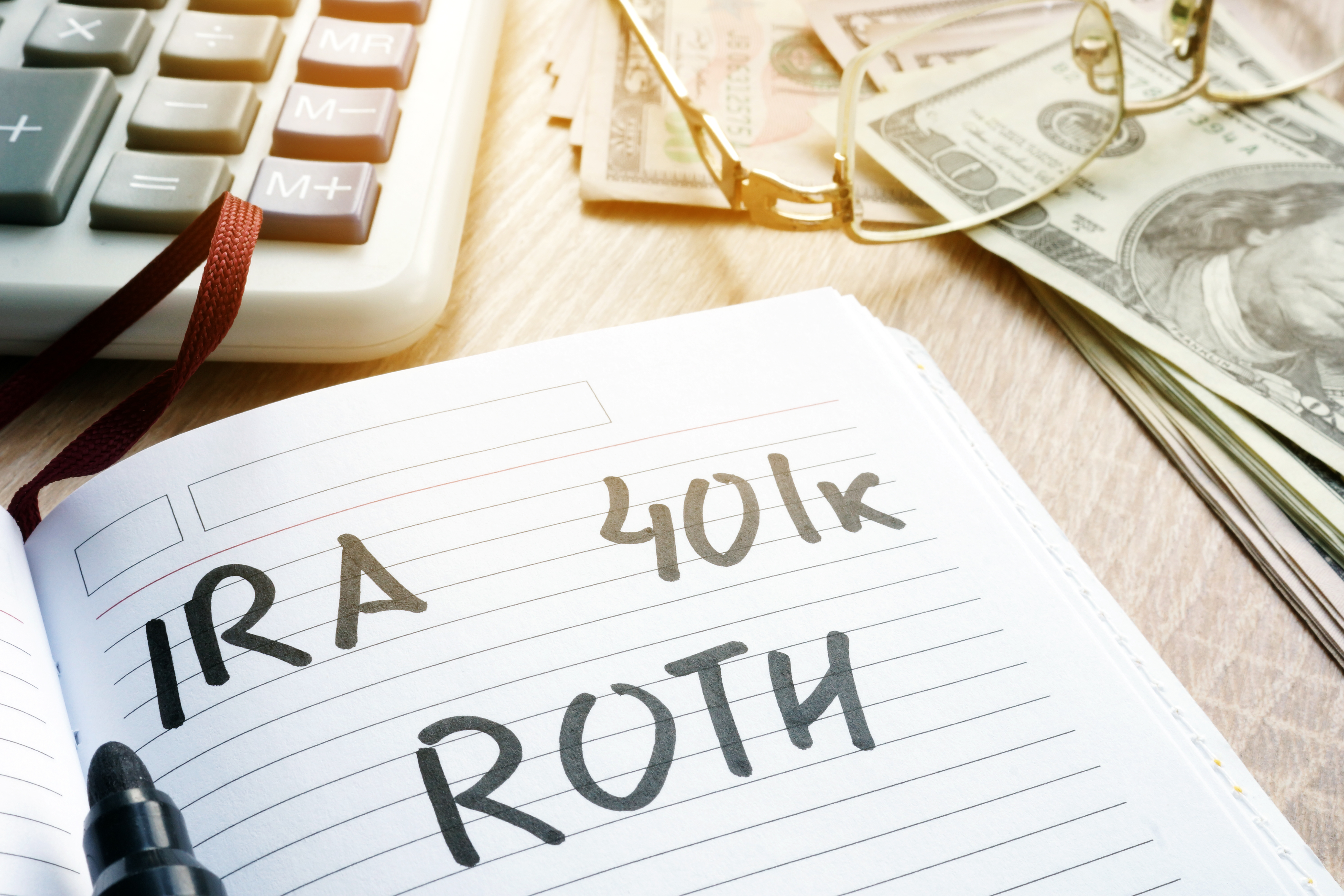RETIREMENT ACCOUNTS and Beneficiary Designations
Some of the costliest estate planning mistakes involve retirement accounts.
Contrary to popular belief, IRAs and 401K’s are not normally covered by a will.
Beneficiary Designation Form
Instead upon the death of the account owner, the funds pass to individuals based not upon the Will of the account holder or the laws of inheritance but according to beneficiary designation forms.
The owner of the IRA or 401k fills out the beneficiary designation form when the account is opened. The beneficiary designation form functions to instruct the bank or financial institution (the custodian) about who will inherit the accounts.
With an IRA, you can name any beneficiaries you want, including friends, family members, a trust or charity.
For a 401(k) or other workplace plan, you need your spouse’s written permission to name a beneficiary other than your spouse.
You should name both primary and alternate (contingent) beneficiaries on the beneficiary designation form.
Estates and Beneficiaries
Never name your estate as the beneficiary.
If you do, and the account is an IRA, all funds must be withdrawn within five (5) years of your passing unless you were already 70½ (the age at which a traditional IRA owner must begin taking required minimum distributions each year) at the time of your passing. In this situation, the distribution rate for the heir is based your age.
In the event no beneficiary designation form is on file with the custodian of the account, the heirs of the deceased owner come under the IRA custodian’s default policy. Most award an IRA first to a living spouse and then to the estate, but some send it straight to the estate
It is important to choose beneficiaries for each retirement account. If you have multiple accounts at the same institution, execute a separate beneficiary designation form for each account, even if you want to distribute all the accounts the same way
For most married individuals, leaving a spouse well provided for is the No. 1 goal in estate planning. These individuals would typically name their spouse as the primary beneficiary of an IRA and contingent beneficiaries in case the spouse predeceased the account owner
Estates and IRA Withdrawals
Generally, those who inherit an IRA must withdraw a minimum amount each year, starting on Dec. 31 of the year after they inherit the account. The rules for spouses are more lenient
If they choose to, heirs can draw out these minimum required distributions over their own expected life spans. This is known as the stretch-out – a financial strategy to extend the tax advantages of an IRA. (There is no automatic right to a stretch-out with a company plan.) Stretching out the IRA gives the funds extra years and potentially decades of income-tax-deferred growth in a traditional IRA or tax-free growth in a Roth IRA. Minimum required distributions are based on life expectancy. The longer the life expectancy, the smaller – as a percentage of the IRA balance – each payout must be. From an income tax perspective, therefore, the best designated beneficiary is a young person.
Some forms offer additional options, such as leaving your retirement assets to a trust. For example, a trust would be effective if the intended beneficiaries are minors, and or you want to keep the money out of the hands of creditors (for example, divorcing spouses) or control the cash flow to heirs you regard as spendthrifts. The trust can essentially force beneficiaries to take advantage of the stretch-out.
However, complex rules govern this strategy. If the trust qualifies as a designated beneficiary, as the tax code and the Internal Revenue Service use the term, it can take withdrawals based on the life expectancy of the oldest beneficiary.
To qualify as a designated beneficiary, a trust must meet various criteria contained in IRS regulations. Pitfalls abound, so ask your advisers to design a trust that meets your goals as well as the government criteria. Then make sure you name it on the beneficiary designation form on file with the financial institution that holds your retirement account.
For more information, check out our post: How Do I Protect my Family from the Probate Process and Property Exemptions and Estate Planning.















